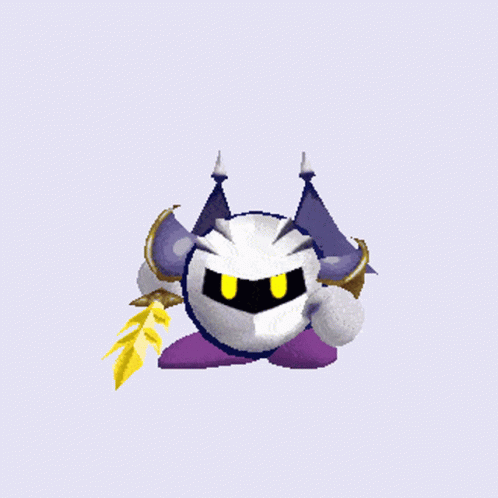#knight meta
Text
I was thinking about a fic I'll never write at the barn this morning, and a line of dialogue required the name of horse breed, which led me very quickly to contemplating horse breeds of Teyvat. Which I have before! But today I got a little more in depth.
Bear with me on spelling issues, I'm on mobile and my phone can't cope with having Tumblr and Firefox open at the same time.
We are starting in Liyue, home of the Karst Pony, which is almost certainly the predecessor breed of all the others listed here and very certainly the oldest extant breed. "Breed" in fact is a loose term, as a number still live wild in the mountains of Jueyun Karst, and domestic and semi-domestic herds kept by small mountain villages (including Qingce Village) tend to have a range of characteristics as the smaller populations start to diverge--but the mountain stock never goes too far from true, as new wild stock is occasionally added either through capture to supplement others or through wild stallions wandering through. The Karst Pony is small, shaggy, sturdy, agile, and smart to a sometimes frustrating extent; they can be ridden, but not by very heavy, or armored, people, and are more often used as beasts of burden. They tend to be dun in the wild, but blacks and grays occasionally pop up, and in domestication are often bred for.
Karst Ponies are the direct ancestors of the Guili Plains Horse, bred to be larger and more refined and used for agriculture and transport on the plains back when Liyue civilization was centered there. The Archon War devastated their population and the changes in Liyuean lifestyle as they moved off the plains and prioritized trade and mining over the sort of agriculture where you need larger horses. However, they are considered a valuable part of Liyue's cultural heritage, and the last two hundred-ish remaining were seized some centuries ago by the Liyue Qixing and used as the base for a government program to revitalize the breed. Today they are primarily used by Millelith officers and couriers, but private individuals have again begun to be allowed to purchase and breed them for their own use. They are known for being steady and intelligent; the breed standard includes a notable Roman nose, and they are primarily dun, buckskin, bay, or black.
The Chenyu Draught is a bit smaller than the Guili Plains Horse, but much heavier, and was likewise bred directly from the Karst Pony; while the Guili Plains breeders wanted a more multi-purpose horse, the Chenyu breeders were aiming exclusively for a workhorse, and Chenyu Draughts are not customarily trained for riding. They are slow, steady animals known for catching a nap whenever they stop long enough, even in harness; they are primarily dun, grey, or black.
Moving on to other nations: the Fontaine Water Horse is in fact a pony by all reasonable standards, but Focalors forbid you call it that to a Fontainian's face. It may arguably be its own branch off some further-distant horse ancestor rather than a descendant of the Karst Pony, though it may also be just a very ancient offshoot, and is the only other wild breed currently extant in Teyvat. It lives wild along the shores of the many islands in southern Fontaine, and is an extremely adept swimmer, with a unique fifth gait that helps it traverse sandy shores swiftly and easily. It is very light-boned, shy and quick to startle, but, in domestic populations acclimated to humans, known to be very mischievous. All Water Horses are white, by which I mean gray (as most 'white' horses without some specific genetic stuff going on are born gray and have their coats pale over time; Water Horses pale out very quickly, within the first two years of life). Their population is a shadow of what it once was, as vast swathes were wiped out by Elynas, and it was largely preserved by a breeding program mandated by the Iudex and conducted in its later stages by Melusines, who released their end result back into the wild.
(Some say say Water Horses were different before the Melusines got involved, but no one can say how. They match the old records in every characteristic. It's just... a vibe.)
While some Water Horses have been domesticated, their size and light frames mean they can only be ridden by small children and Melusines--they are in fact the only horses who will tolerate Melusine handling--the humans of Fontaine used them as base stock to breed a larger horse called the Fontainian Pacer, so called because the Water Horse's unique fifth gait was bred for ardently and exaggerated into a much showier gait that we will call the danse. As with our gaited horses, some breeders have taken this to ridiculous heights, and thus there are two breed 'types'. the Court Pacer has an extremely exaggerated danse and is further bred for looks, being taller, thinner-boned, with a much higher-set head and tail, and often a blue-eyed cremello (one of those whites-with-genetic-stuff), though pale gray and perlino (cremello-adjacent) are both acceptable colors in show; the Classic Pacer is a bit shorter, heavier (relatively speaking, it's still very light), with a less exaggerated gait, exclusively that quickly-paled-out-grey, and overall much closer to the original Water Horse. Both types are not very bright and very flighty.
Which necessitated another, more practical breed for functional use: the Oractrice Charger was originally bred from Chenyu Draughts crossed with the Fontainian Pacer and the Mondstadt Hunter, with some Water Horse in there to get a more water-comfortable animal, though it doesn't have the unique gait and is mostly used in northern Fontaine, where horses are more useful, and as a police horse. It was in fact bred for Maison use, hence the name, though the combination of Fontaine's mekanization and the growing influx of Melusines in the government mean it's slowly been phased out. It's kept alive by rich nobles and its general popularity for outcrosses. It is a reasonably large and heavy animal, though not draft-sized, noted for its good temperament and stolid calm, though it tends to be quite stubborn. They are typically grey, black, bay, or chestnut.
Mondstadt's ancient pony breed is now extinct, but the Stormcrest Pony was definitely an offshoot of the Karst Pony, larger and with much thicker, shaggier coats to survive the pre-Barbatos wilderness. That adaptation meant they were doomed when Barbatos changed the landscape and climate, but they were the base breed, with some added Guili Plains Horse blood (and, given their coloring, probably some Desheret Red), for the Mondstadt Hunter, a medium-weight animal with a good temperament and a lot of energy. They were generally bay, brown, or chestnut, with the 'prototypical' Hunter being liver chestnut, and were bred primarily for hunting, though they were considered good all-purpose riding horses. Unfortunately, they were originally bred and primarily used by the Lawrences, and a combination of that association and a cultural shift to hunting on foot (mostly because hunting on horseback was associated with the aristocracy) led largely to their demise. The main remaining population is actually in Fontaine, where a few nobles liked the imports used to breed the Oratrice Charger enough to maintain their own small breeding programs.
Ragvindr, who I will always headcanon as the reason the Knights have a cavalry company, tried to maintain the breed, but for both political and practical reasons the Ragnvinds had to shift tacks early on. They eventually imported Oratrice Chargers and crossed them with Hunter mares, producing Mondstadt's current all-around horse, the Dawntrotter, a medium-sized animal with a steady temperament that is sturdy enough to serve both as a workhorse on the nation's wineries and a cavalry mount for armored knights. There are three breed 'types,' one nearly a draft and primarily used for winery work, one much lighter and considered an ideal riding mount, and in the middle a dedicated cavalry mount bred exclusively by three stables in Mondstadt, one of them the Dawn Winery. They are primarily bay or chestnut, occasionally brown or black.
Modern Sumeru relies upon the Sumpter Beast, which is comfortable in both jungle and desert, carries many times more than a horse does, and is a much, much easier keeper. However, the historical record makes clear that the desert civilizations once bred what's now known as the Desheret Red, a light, fast, smart, highly independent horse highly endurant in heat and desert conditions. It was exclusively chestnut and presumably contributed its blood to the Mondstadt Hunter simply because those red genes had to come from somewhere. Unfortunately, when the great desert civilizations collapsed, it dwindled into extinction. If any local wild ponies preceded them, they're not on the record, but even those would go back to imported Karst Ponies in the end.
(Rumors of blood-red 'rift horses' seen around the Tunigi Hollow are just that. No one has ever verified that they exist.)
Inazuma has imported horses over the centuries, but they've never been popular there--they don't have the terrain or, more importantly, the pasture space. Largely they've served as status symbols, and fallen out of favor amid the conservative influence Ei's policies exert. In any case, no one has made a dedicated effort to create an Inazuman breed.
Depending on their locations, I like the idea of Snezhnaya and Natlan having descendant breeds of the Stormcrest Pony and Desheret Red respectively, but we'll see! XD
40 notes
·
View notes
Text
Marcille is actually one of the biggest reasons it took so long to pinpoint which Chilchuck was the imposter in today’s episode.
The Senshi and Marcille imposters had their own reasons for being hard to decipher, but that was a joint effort on the party’s part. Chilchuck was the only example where a single member’s bias actually swayed the others so strongly that it made them all doubt themselves.
Ryouko Kui did an excellent job of giving us a rich background on how different races interact, and how they may descriminate against each other. Each of the races in this series struggles with these prejudices. Our main characters are not exempt from this, and we see it clearly in the way the shapeshifter manifested as each party member, showing us how the others percieve them.
Marcille knows Chilchuck well, and cares deeply for him as a friend. But she’s not immune to assumptions and biases that come from her elven background. The Chilchuck imposter we are faced with, when it’s down to two of them left, is Marcille’s memory of Chilchuck, Marcille’s perception of how he behaves.
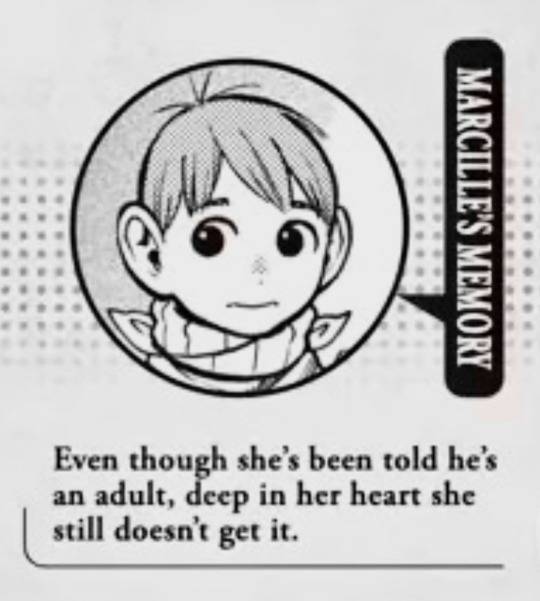
One of the first manifestations of this bias occurs when shapeshifter Chilchuck can’t get a jar open.
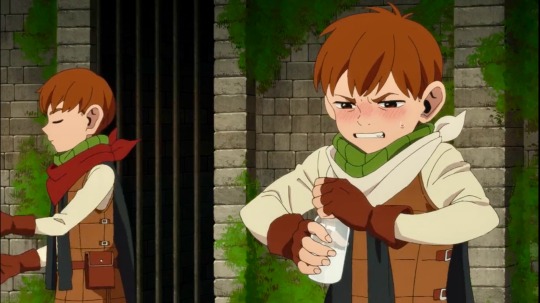
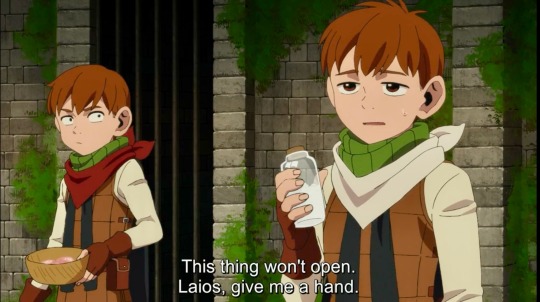
The real Chilchuck knows that this would never happen—at least not in this way. Chilchuck is proud, yes, but he asks for Laios’ help all the time. Laios is actually one of the party members he is the most likely to ask help from, given how long they’ve known each other, and how much mutual trust exists between them.
However, the whole scenario isn’t right. Chilchuck wouldn’t give up so easily on opening something; his whole job is opening and unlocking things. He would never quit an attempt like this within 5 seconds, then run to Laios so that “big strong adult tall-man” can open it for him.
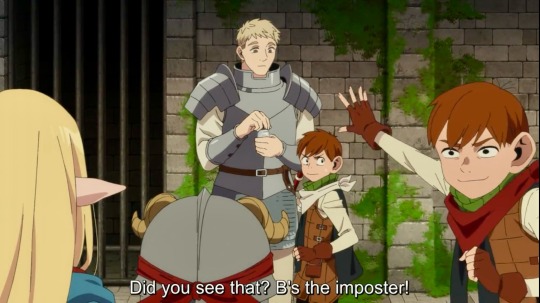
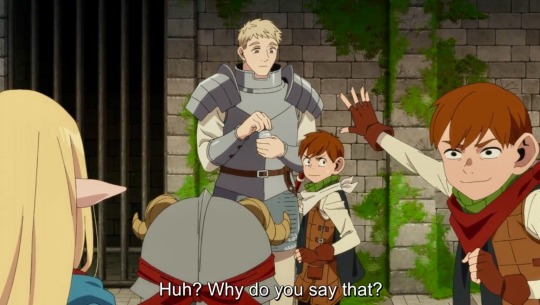
Marcille is the one who asks, “Huh? Why do you say that?” because Marcille is partially right. Chilchuck does rely on Laios, and Marcille knows this to be true. But she fails to realize how he relies on Laios.
Chilchuck respects many of Laios’ talents, but the most important ones are his combat skills, his emotional fortitude, and his quick thinking when delegating tasks. He trusts Laios as someone he is comfortable following (he literally said to him and Shuro in the last episode: “Laios!! Tell us what do!! Give us orders!!” when chimera Falin was quickly overpowering them).
So while Marcille almost understands Chilchuck’s confidence in Laios, she tends to accidentally infantilize him in the process.

She immediately believes that Chilchuck B (the imposter, who is specifically using her own memory as its base for Chilchuck’s personality) is the real one, and says so, because she’s blinded by her perception of him as being childlike and adorable because of the very common racial prejudices that half-foots deal with all the time.

She dotes on the imposter, and is open with her affections, as usual (again, her care for him is clear), but doubles down on that bias, on her own assumptions of Chilchuck’s behavior shown through her own lens.
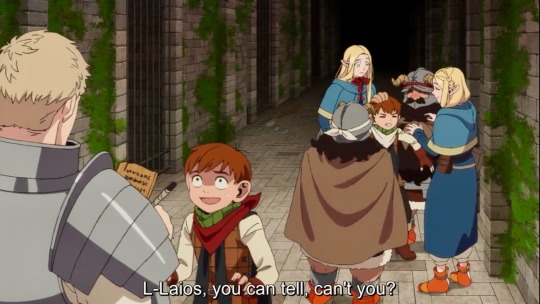
And ultimately, Laios was able to tell the difference, but only because he watched how the Chilchucks handled other minute tasks. Marcille’s stance on which Chilchuck was real truly did throw the others for a loop, at least until the threat passed. And honestly, that’s part of what makes the shapeshifter so terrifying. Its strategy almost worked.
#dungeon meshi#delicious in dungeon#marcille donato#chilchuck tims#laios touden#senshi#senshi of izganda#chilchuck#shapeshifters#laios dungeon meshi#marcille dungeon meshi#dungeon meshi analysis#neo queen serenity’s posts#dungeon meshi spoilers#dunmeshi#dunmeshi chilchuck#chilchuck dungeon meshi#this can be translated in a shippy light tbh#chilaios#does marcille ship them? does she assume chilchuck sees laios as his knight in shining armor? hehe#dungeon meshi episode 18#dungeon meshi anime#dungeon meshi meta
5K notes
·
View notes
Text
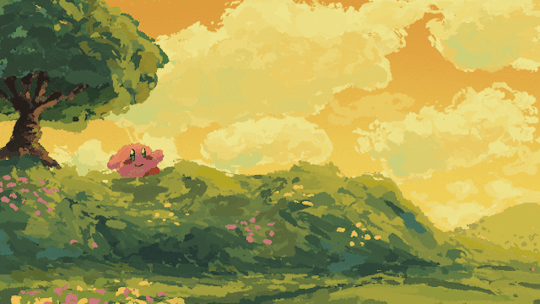

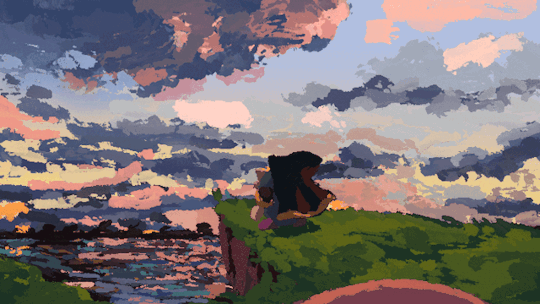
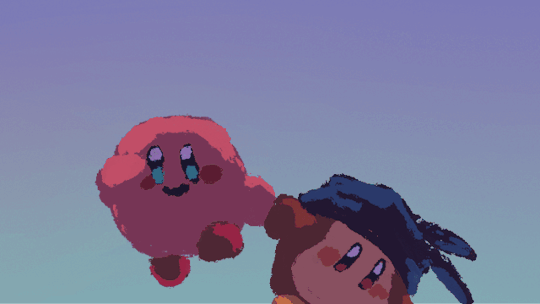
haii👋
#kirby#meta knight#king dedede#bandana dee#bandana waddle dee#animation#fanart#gif#this is a remake of an old animation i didn’t finish - might post about the process for this
7K notes
·
View notes
Text

he wasn't lying..that wagdle can baby
17K notes
·
View notes
Text

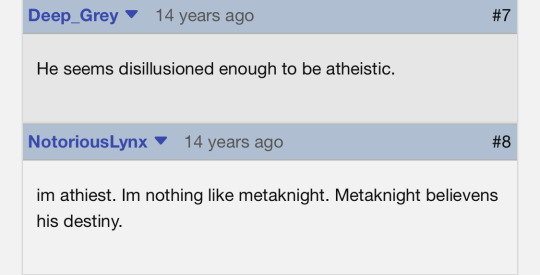


24K notes
·
View notes
Text
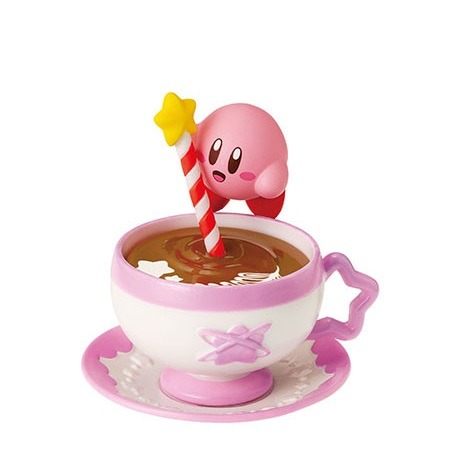

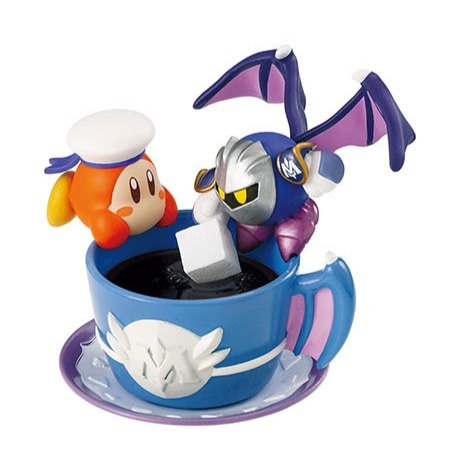
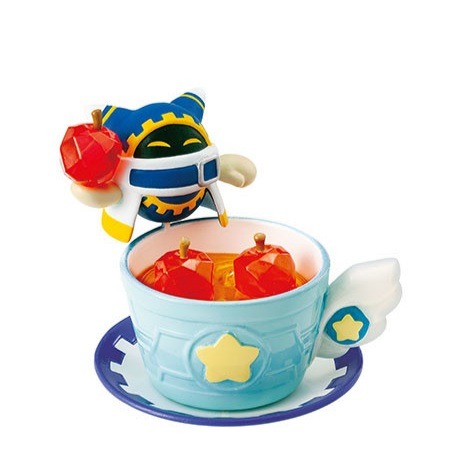
Kirby & Waddle Dee & Meta Knight & Magolor ; Kirby ☆ Re-Ment
#bonus post!!!!!#kirby's dream land#kirby of the stars#kirby figure#hoshi no kirby#kirby#waddle dee#meta knight#kirby magolor#magolor#re-ment#re ment#trading figures#trading figure#anime#anime figure#anime figurine#figure#figure collecting#figurine#scale figure#anime collecting#myfigurecollection#manga
5K notes
·
View notes
Text
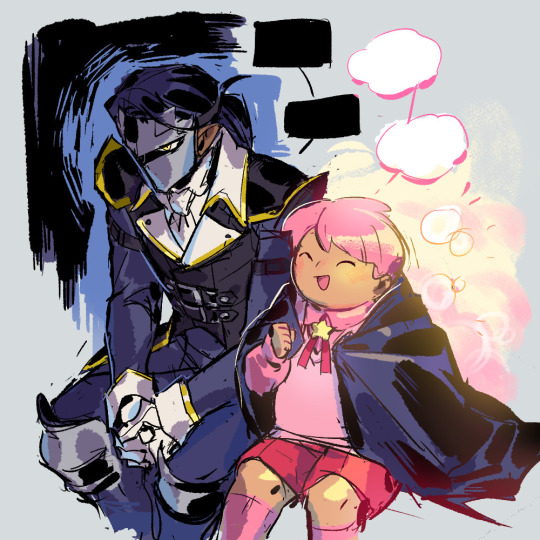
Emo dad & ray of sunshine
2K notes
·
View notes
Text

meta knight
#kirby#meta knight#shut the heck up#even looks like it could be a gijinka of him like fgjdsgfhsd#omg i just realized the double belt that costume is so fr#i didnt watch this video it was probably funny
4K notes
·
View notes
Text
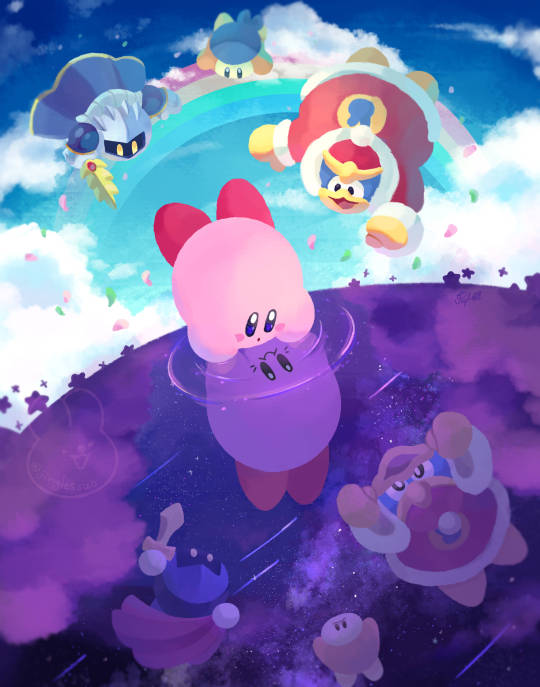
Happy Birthday Kirby!!! 🌟🌟🌟
#art#kirby#king dedede#meta knight#bandanna waddle dee#waddle dee#illustration#kirb literally changed my life and art#thank u kirb#i was planning to do a nice painting for kirby's birthday since the beginning of april#completely forgot to do it while occupied with other events#crammed this entire thing in about 2 days#thank u clipstudio user 27pt for ur cloud brush it saved my life
2K notes
·
View notes
Text
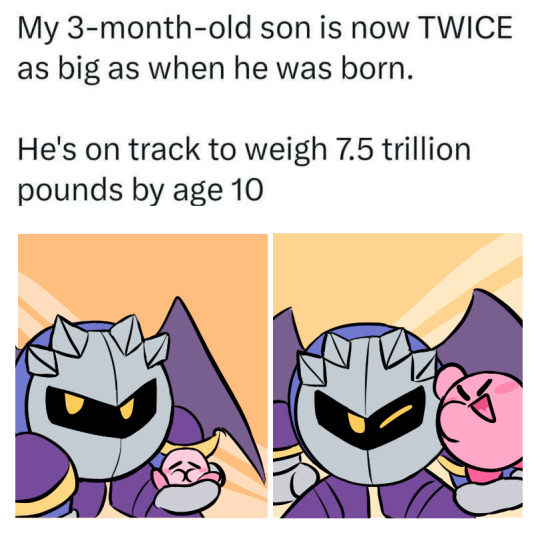
His kiddd
2K notes
·
View notes
Note
On thing about Mondstadt’s government that bothers me is that everybody boils it down to just the Knights on one side, and the Church on the other. Which, sure, they’re what we know the most about…
But it completely ignores the ‘Community Representative’. Considering their signature is one of three needed to (legally) make use of the Holy Lyre, alongside the Grandmaster and the Seneschal, they must be pretty damn important. So assuming they have equal power to those positions, which are at the head of the Knights and the Church respectively, what actually is that power? Presumably it’s an elected position (the title is that of a ‘representative’, plus I would be severely disappointed if there wasn’t even a hint of democracy in the Nation of Freedom), but is there a structure under it similar to the Knights and Church? Is there a completely separate civilian, secular government that for some reason just barely comes up? If it is elected, how is that handled? If both Grandmaster Varka and the Seneschal are on expedition, does that mean they hold more authority than Acting Grandmaster Jean and whoever is Acting Seneschal (assuming an acting-title’s authority, though still above everything else below the proper-title, is still considered secondary to that of said proper-title)? But if so, why hasn’t it come up? Or is it just some guy elected to act as a more expedient alternative to something like a full referendum?
God, I have an education in history and political science that is just begging for some damn answers!
I mean, I don't have an education in those things and am not real good at working those things out myself, so I don't know that I can provide you too much useful commentary here. XD;; But while I'd love if Mondstadt did have some democracy, I... am pretty convinced that it's a theocracy, actually. The Knights and the Church (which tbh seems to exist under the overall umbrella of the Ordo, given that Jean says in her voiceline about Barbara that "the order also manages the Church") fulfill pretty much all the governmental functions we actually see happening at all, including the whole thing in Jean's quest where Charles expects tax forms from her.
I'll admit I also lean that way because I read into Mondstadt as a whole (its history but also our introduction to it, where Amber initially nabs us for unauthorized entry and then there's a whole early section about gliding regulations) a theme of humans repeatedly being given freedom, and gradually rebuilding restrictions upon themselves. Which I don't think is entirely a bad thing, in that I do think communities generally function better with organization and administration and such, but, like, Mondstadt has gone all the way into tyranny before and could again. Mondstadt building itself an increasingly restrictive theocracy feeds into the theme I like drawing from it, so of course that's the reading I tend towards! But, still, that's where I'm at about it.
(I draw a lot of my read of this national theme from the line, "Mondstadt is the City of Freedom, but unchecked freedom without any kind of rules only invites chaos and anxiety," in Jean's character details, and I haven't seen anyone else talk about it, ever, so it's entirely possible this is actually character brainrot I'm projecting onto the city as a whole. I'm fine with that.)
Presumably there is a further government apparatus, but I tend to believe it's probably under the higher authority of the Ordo. Maybe with checks and balances, maybe not (exactly how I arrange the setup for fic where it's needed is specific to individual fic, because the openness of canon leaves the kind of room that makes it easiest to go with what works for the plot). "Community Representative" on its own is very vague; looking at the line where it actually appears, it's talking about the Holy Lyre in the context of the Ludi Harpastrum, so it could even be a role specific to the yearly organization of that particular festival! That said, it does sound a bit more like it's a regular thing, and given my presumption of theocracy above, I think this:
Or is it just some guy elected to act as a more expedient alternative to something like a full referendum?
honestly is the most likely possibility. It would make sense given Mondstadt's ethos and history--you have a representative of the community to sign off on certain decisions (hopefully elected, as you said, but who knows exactly how it happens), like that one about the Lyre, to show that the people agree. Possibly it's a triangle with the Grand Master at the top and the Seneschal (given the above "manages the Church" line) and Community Representative as equals who have input but not ultimate power on the next level down, possibly they both exist largely to rubberstamp the Grand Master and Seneshal's decisions, possibly it's an area-of-authority divide. Regardless of the exact divisions, Jean does seem to have some fairly unilateral powers in the areas of domestic defense and peacekeeping, but that's... something you do want the head of your military-and-police order to have, generally, so who knows how broad her powers actually are to act without the Seneschal and Representative's approval in other areas. The game is, as always, frustratingly uninformative.
Anyway, tl;dr: my personal reading of Mondstadt tends to render the Community Representative as relatively unimportant, despite the equal billing in that quest, because over and over again in quests and lore and voicelines we don't see anything but "the Ordo handles things," and Mondstadt honestly makes most sense to me as a theocratic city-state. I think they're more likely a representative "voice" in the government than a significant power, and I don't think they represent any significant "third branch" other than possibly, given Mondstadt's history, a symbolic reminder that its people have toppled tyrants before and can do so again.
#asked and answered#knight meta#(i tbh am not great at worldbuilding government stuff which does not help this answer#i am fairly confident about building out internal stuff for the knights specifically#because i am familiar with law-enforcement structure and procedure from the inside and tend to just transfer it#but we get so little lore that full-system speculation is putting together pieces into shapes i don't have the same personal experience for#so sorry if this answer is disappointing anon. it's not my area of experience)#the shape of teyvat
40 notes
·
View notes
Text
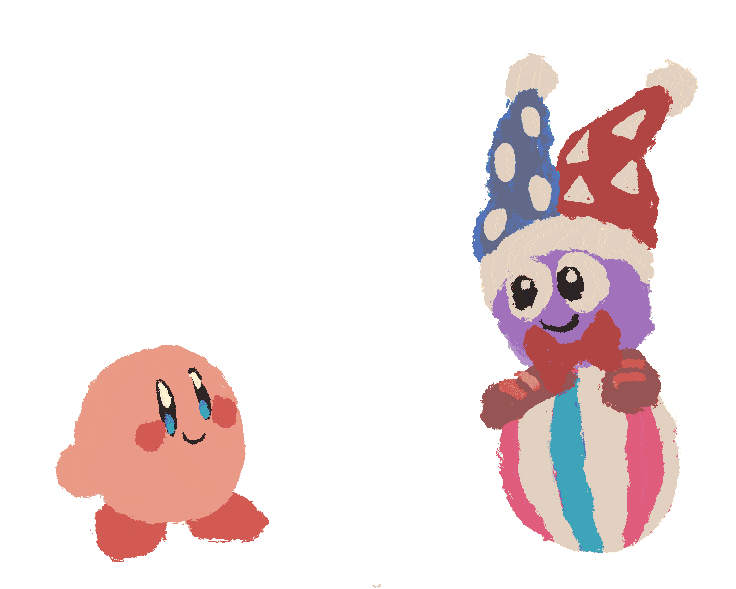
happy birthday to them all
5K notes
·
View notes
Text

wishing y'all a very 2024
4K notes
·
View notes
Text


deep conversations before doubles
2K notes
·
View notes
Text

had a dream this was an episode
#hnk/krbay episode 101: meta knight has appendicitis#meta knight#king dedede#dedede#borbdoodles#shitpost#i like this style for things i dont put much effort into#but this one is boring because its all blue/green and no warm colors :p
3K notes
·
View notes
